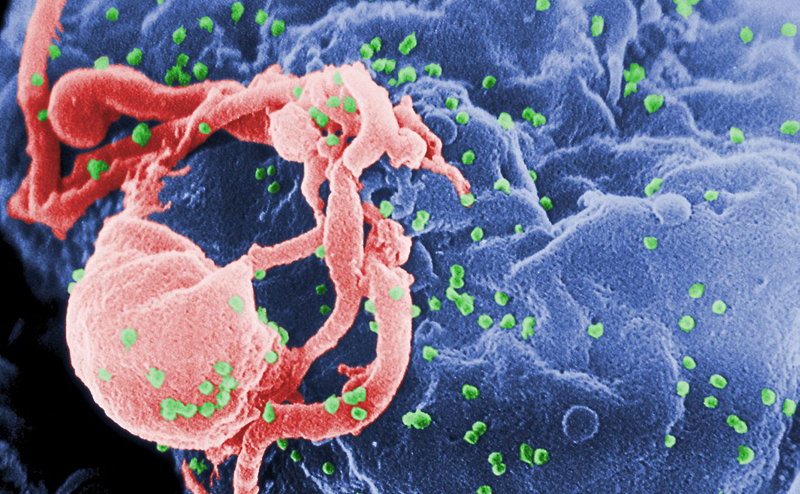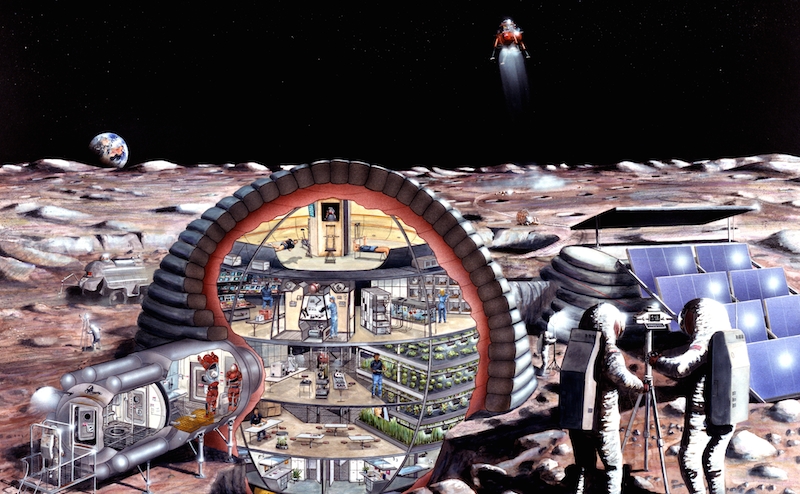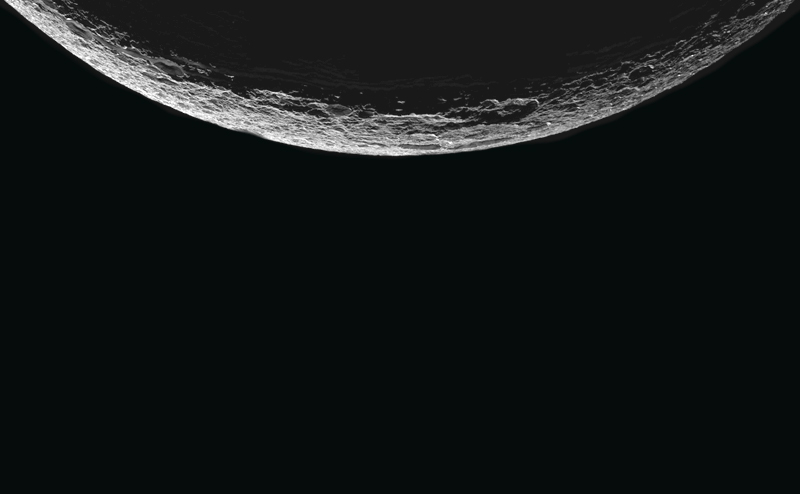Articles

Humanity’s war against the HIV has been a constantly shifting battle, thanks to the wily nature of the virus. But humans, being quite wily themselves, have persevered in the search for a cure despite setback after setback. Just this week, scientists found a way to snip HIV’s genetic code out from the genomes of infected cells. The technique’s only been tried in cultured cells so far, but it could represent a powerful new weapon in the arsenal against AIDS. But just what makes HIV such a formidable foe?
Read MoreSuperheroes in comics and movies have powers beyond what we mere humans can dream of—and we’re not just talking about looking good in spandex. But could Thor’s hammer or Wolverine’s claws work in real life? Science has some possible explanations.
Read MoreLast week, we explored the Manhattan Project’s scientific legacy: new opportunities for energy, medicine, and spaceflight, and the beginnings of massive, government-funded science. But hundreds of thousands have suffered directly from the fallout of that ingenious, destructive science. With a modern world still struggling to be a responsible custodian of atomic forces, this week we examine the ethical legacy of the Manhattan Project.
Read More
Despite an excessively maudlin depiction of a philosophical odd-couple romance, Mike Cahill’s new science fiction film ‘I Origins’ does manage to create a somewhat plausible way for scientists to discover evidence of reincarnation. Ian Gray, our molecular biologist protagonist played by Michael Pitt, is obsessed with eyes: He takes photographs of them, and is particularly arrested by the peepers of Sofi (Astrid Berges-Frisbey), an enigmatic beauty. When he’s not photographing eyes, Gray is working to provide concrete evidence that eyes evolved naturally, to counter intelligent design arguments that the organ is too complex to have assembled without divine intervention.
Read More
Forty-five years after man landed on the moon, more people than ever are looking at new ways to get back there. Since Apollo 17 left the moon in December 1972, Earth’s nearest neighbor has largely phased out of public consciousness. In 2004, President George W. Bush pledged an American return to the lunar surface by 2020, and to use it as the “launching point for missions beyond.” When President Barack Obama took office in 2008, that flight plan was grounded. In recent years, however, interest has been ignited once more, with both world governments and private companies looking to get a slice of the moon. Google has offered a $20 million Lunar XPrize to any team from around the world that can land a spacecraft on the moon, make it jump 500 meters and transmit HDTV images and video back to earth before a December 31, 2015 deadline. And in 2012, presidential candidate Newt Gingrich proposed a permanent United States Moon base that he claimed could apply for statehood under frontiersman laws established during the settling of the American West. What happened? Well, um…he lost. Still, things haven’t looked this good for our lunar prospects since the Kennedy administration. Here …
Read MoreOne lingering question scientists have about the impact-birth theory: Why are the Earth and the moon made out of the exact same stuff, geochemically speaking? Why doesn’t the moon contain material from this mysterious impactor? In 2012, Harvard scientists Matija Cuk and Sarah Stewart offered a new vision of the moon’s formation with one new key element: a fast-spinning Earth. At the time of impact, if the planet had been completing a rotation once every two to three hours, they calculate, then the collision would have thrown a bunch of proto-Earth material into orbit. Over time, gravitational interactions between the Earth, moon, and sun would slow Earth down to the 24-hour day we see today.
Read More












